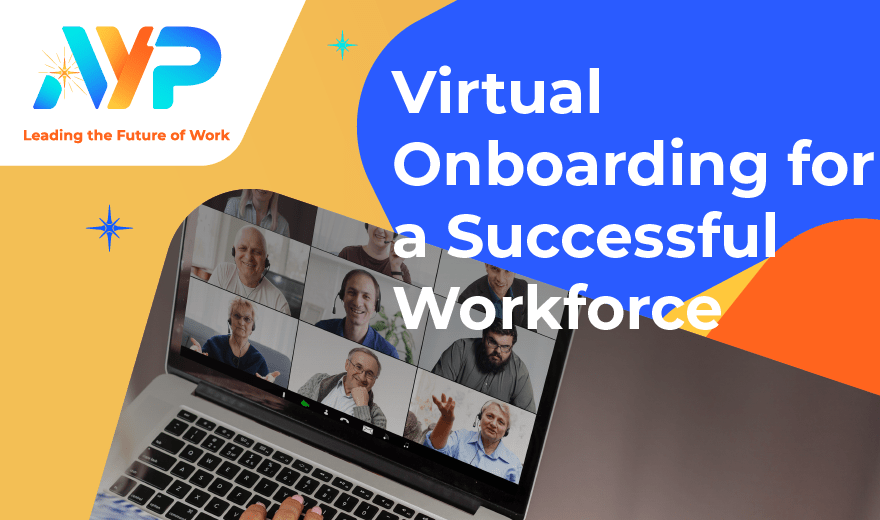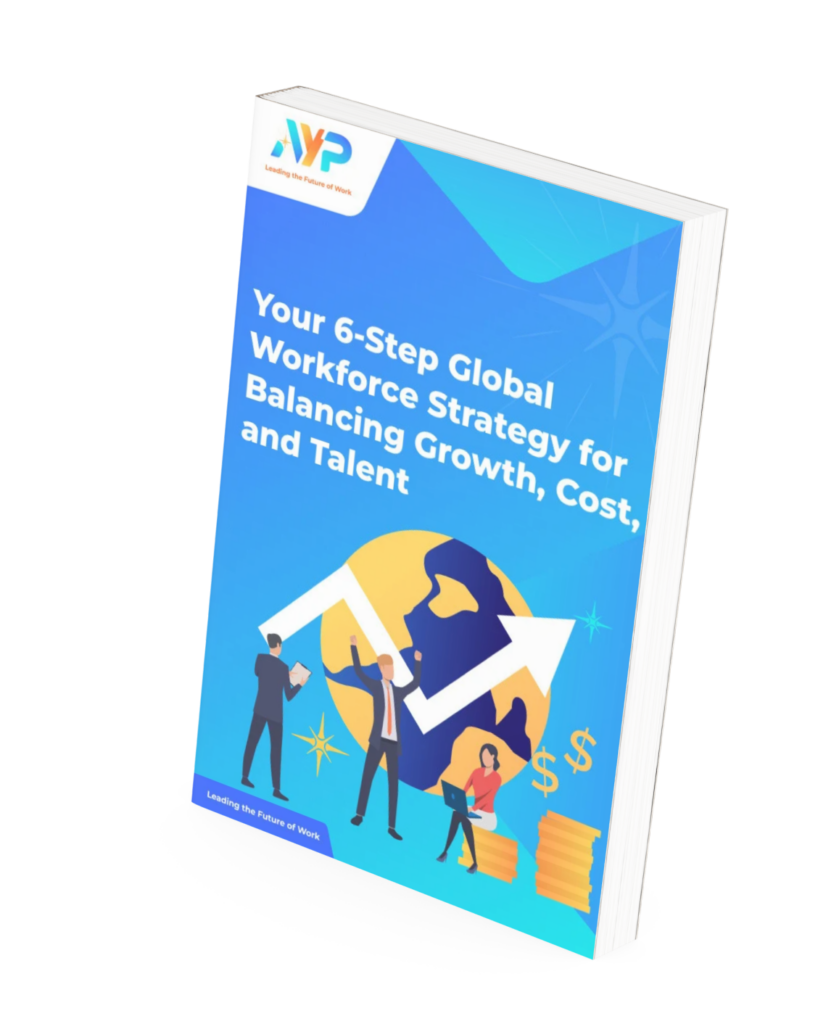Remote work is the future of the workforce, but simply hiring skilled freelancers doesn’t ensure a good fit. We explore how virtual onboarding helps get the best possible outcome for your remote business relationship.
Remote work used to be a rare perk in organisations before the pandemic began. Back then, the power dynamic in businesses was skewed in favour of employers, allowing them to dictate workforce norms. Today, however, that dynamic has changed, particularly in the areas of high demand for skilled workers.
A 2021 job seeker survey by Flexjobs has shown that 58% of respondents desired a fully remote job while 39% opted for a hybrid work arrangement 1.
That left only 3% of respondents who wanted a job that was fully in-person. The main two reasons behind this were: better work-life balance and improved mental health.
1. Willingness Doesn’t Equal Readiness
With such an overwhelming number choosing remote work, the writing is on the wall for companies that refuse to adjust. Many are still struggling to figure out the intricate details of remote work even though they're willing to embrace it. 63% of employees surveyed by TravelPerk indicated that their companies have not made significant changes to their workplaces despite their acceptance of the hybrid model 2.
One example is in companies that wish to hire remotely but don’t have proper virtual onboarding processes in place. This may be more common in companies which outsource staffing for their overseas hires, and thus have less involvement in the day-to-day challenges of their foreign employees.
2. Virtual Onboarding for Employees
Onboarding is an HR term which refers to the processes surrounding the introduction of a new employee to the organisation 3.
Onboarding helps the new employee understand their new job scope and their position within the overall company and its culture. Virtual onboarding is now possible with new HR technology where a part or the entire process of onboarding can be done remotely.
Business owners tend to overlook the importance of freelancer onboarding, in-lieu of the onboarding process of full timers. Simply establishing communication methods and obtaining the freelancer’s information for payroll purposes is not enough in today’s business world.
You save time and money when a freelancer truly understands the company's purpose and can align culture, expectations and working styles with the team that they will be working with.
3. Effective Onboarding Overseas
Onboarding isn’t a one-size-fits-all process either. Simply recycling the same training materials and processes for freelancer onboarding in another country may result in substandard results.
A good option is to outsource staffing to a PEO vendor with the expertise to tailor the onboarding process to the culture and regulations of the host country.
As an industry leader in HR processes across Asia Pacific, AYP is well equipped to handle your company’s remote working needs. Our professionals possess a keen understanding of the intricacies of each country’s workforce, and can help you to onboard local and overseas employees simply, securely, and effectively.
Featured Content
1. Hiring 101: Building Engagement with Potential Employees
2. Data analytics: HR’s next major leap
3. How HR Analytics Help With Talent Performance



